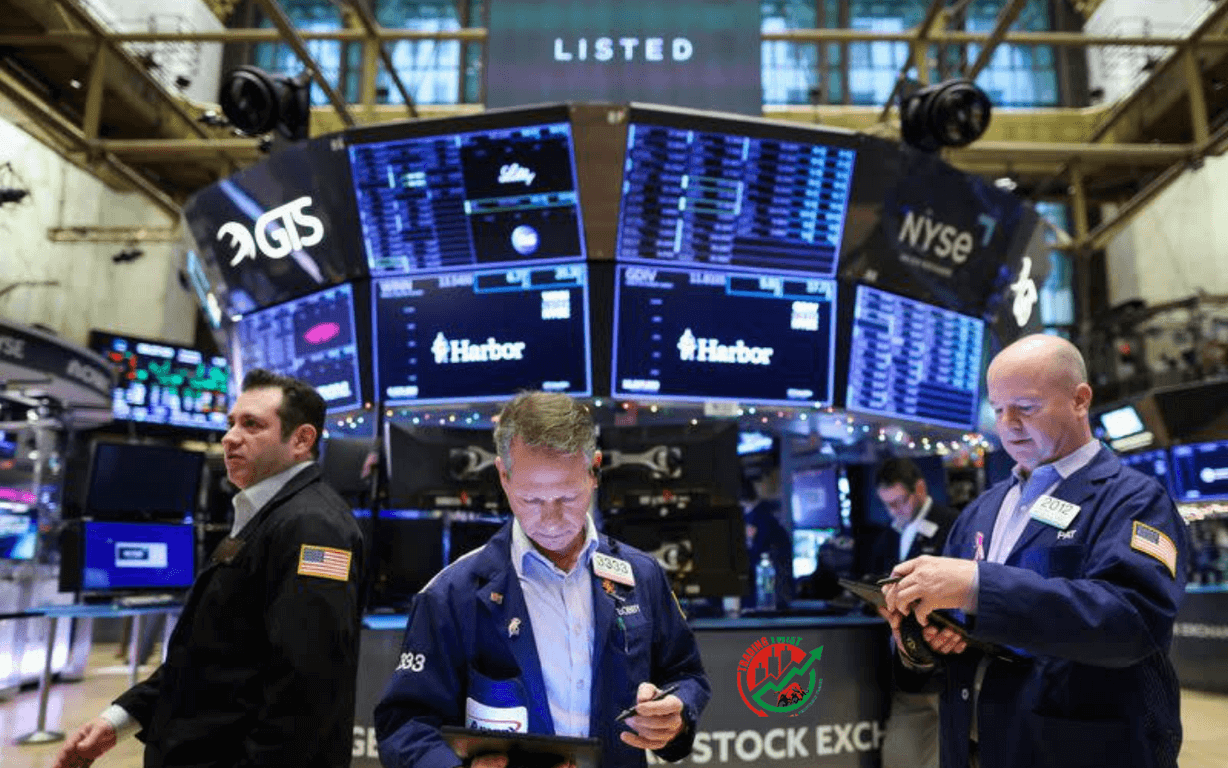
Reuters, NEW YORK, January 6 – After a major US jobs data revealed that pay growth slowed in December, Wall Street launched a global stock surge on Friday, boosting investor wagers that inflation is slowing and that the Federal Reserve need not be as active as some anticipated
The labour market remained tight, and the U.S. economy generated jobs at a steady pace in December, sending the unemployment rate back to a pre-pandemic low of 3.5%. Meanwhile, average hourly wages increased by 4.6% from a year earlier in December, down from 4.8% in November.
Investors interpreted the data, which revealed a still-robust labour market, as a sign that the U.S. economy would be ready for a “soft landing” despite rising rates. The Fed also watches wage inflation when addressing pricing pressures, so a slowdown in that index added to the confidence.
The MSCI All-World index (.MIWD00000PUS) increased 2.1% as a result of investor excitement about the data. On Wall Street, the S&P 500 (.SPX), Dow Jones Industrial Average (.DJI), and Nasdaq Composite (.IXIC) all saw gains of 2.3%, 2.1%, and 2.6%, respectively.
However, several experts cautioned that such optimism would be misguided given that Friday’s data suggested that further policy tightening lay ahead.
Randy Frederick, managing director of trading and derivatives at Charles Schwab in Austin, Texas, said: “Everything else about this reflects a very, very resilient labour market which doesn’t bode well for a lesser rate hike.”
“The chances that we would see a half-point rate hike on February 1 have been rather low, but those chances are increasing every day based on all this data,”
Investors, however, paid little attention, especially after a second report revealed that U.S. services industry activity shrank in December for the first time in more than two and a half years.
The dollar index, which compares the value of the dollar to six other currencies, fell 1.2% to 103.90 as a result of the currency market’s reduced expectations that the Fed will hike rates by 50 basis points in February.
U.S. two-year Treasury yields, which gauge expectations for interest rates, fell to 4.2640% overnight after surging to a more than two-month peak of 4.497%. The 10-year yield, which on Thursday reached a high of 3.784% in New York, also declined significantly to 3.5672%.
The optimism from Wall Street spilt over into Europe, driving the broad Stoxx 600 share index (.STOXX) up 1.2%. The Xetra Dax (.GDAXI) in Germany increased by 1.2% as well. Data from Friday indicated a significant decline in eurozone inflation.
The dollar was weaker, which helped the euro, which increased 1.2% to $1.0644. The yen increased as well, rising 0.9% to 132.070 on the dollar versus a declining greenback.
The cost of spot gold increased by 1.8% to $1,864.94 an ounce as a result of the dollar’s drop.
Investors were concerned about the possibility of a global recession stifling demand, and it looked like the energy market was the only significant asset class to defy the trend.
Even though a weaker dollar usually helps the energy sector, oil prices gave up earlier gains. West Texas Intermediate crude futures in the United States were practically unchanged at $73.77 while Brent crude decreased 0.2% to $78.57 per barrel.
According to figures released on Friday, the US added 223,000 jobs in December, down from November’s 263,000 paces but higher than the 200,000 jobs economists had predicted. This figure is still around twice what the Fed considers sustainable.
According to Rick Rieder, a chief investment officer of global fixed income at BlackRock, “the softening trend is clear, and the momentum of hiring is slowing in a significant way, but it is equally clear that we are far from what could be described as a demand-reducing weakening of labour and wage conditions.”
Additionally, Fed policymakers viewed Friday’s report with noticeably greater realism.
Raphael Bostic, president of the Atlanta Federal Reserve, predicted that the policy rate will reach a range of just around 5.00% this year and remain there “far beyond 2024.”
That is in stark contrast to traders’ predictions that the policy rate, which is currently ranging between 4.25% and 4.50%, will peak at 4.75% to 5.00% and that the Fed will start lowering borrowing rates in the second half of this year.








